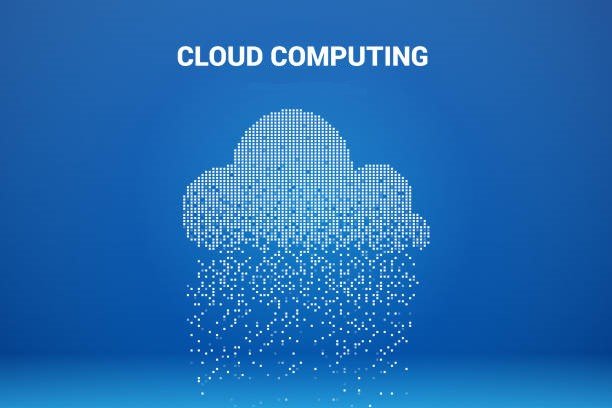Have you ever heard of cloud image processing? It’s a pretty cool technology that allows you to upload images to the cloud and have them processed using various algorithms and techniques.
In this article, we’ll take a deep dive into what cloud image processing is, how it works, and some examples of its applications. We’ll also discuss the pros and cons of using the cloud for image processing.
What Is Cloud Image Processing Exactly?
In simple terms, it’s the use of cloud computing resources to perform image processing tasks. This could include things like object recognition, facial recognition, or image classification.
Image processing involves analyzing and manipulating images to extract useful information or to improve their quality. It’s a complex field that requires a lot of computing power, which is where the cloud comes in.
One of the main benefits of using the cloud for image processing is that it allows for scalability and cost-effectiveness. Instead of having to invest in your own hardware and software, you can use the resources of a cloud provider to handle your image processing needs.
This is especially useful for organizations that have varying or unpredictable image processing needs. For example, a retail company might need to process a large number of images during the holiday season but much fewer during the rest of the year.
With the cloud, they can scale their image processing resources up or down as needed.
How Does Cloud Image Processing Actually Work?
Well, the process typically starts by uploading your images to the cloud. This can be done through an API or a web interface provided by the cloud provider. From there, the cloud provider will use various algorithms and techniques to process the images.
This could include things like image enhancement, feature extraction, or pattern recognition. The results of the image processing are then returned to you, either in the form of data or as a modified version of the original image.

What Are Some Common Applications for Cloud Image Processing?
One of the most well-known uses is object recognition, which allows a computer to identify and classify different objects in an image. This technology is used in a variety of industries, including retail, transportation, and healthcare.
For example, a retail company might use object recognition to automatically tag products in their catalog images, making it easier for customers to search for specific items.
Another common use is facial recognition, which allows a computer to identify and classify human faces in an image. This technology is used in a variety of applications, including security, social media, and entertainment.
What About the Cons of Using the Cloud for Processing Images?
One concern is security, as you’ll be trusting a third party with your data. It’s important to choose a reputable and secure cloud provider and to make sure your data is encrypted when it’s transmitted and stored in the cloud. There’s also the issue of potential vendor lock-in, as you’ll be relying on a specific cloud provider for your processing image needs.
This can make it difficult to switch to a different provider if you’re not satisfied with their service or if you want to take advantage of a better offer from a competitor.
Conclusion
In conclusion, cloud image processing is a powerful technology that allows you to perform a wide range of image processing tasks in the cloud. It offers benefits such as scalability, cost-effectiveness, and accessibility, making it a great option for organizations that have varying or unpredictable image processing needs.

